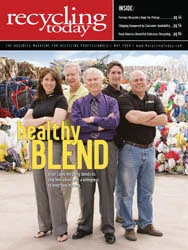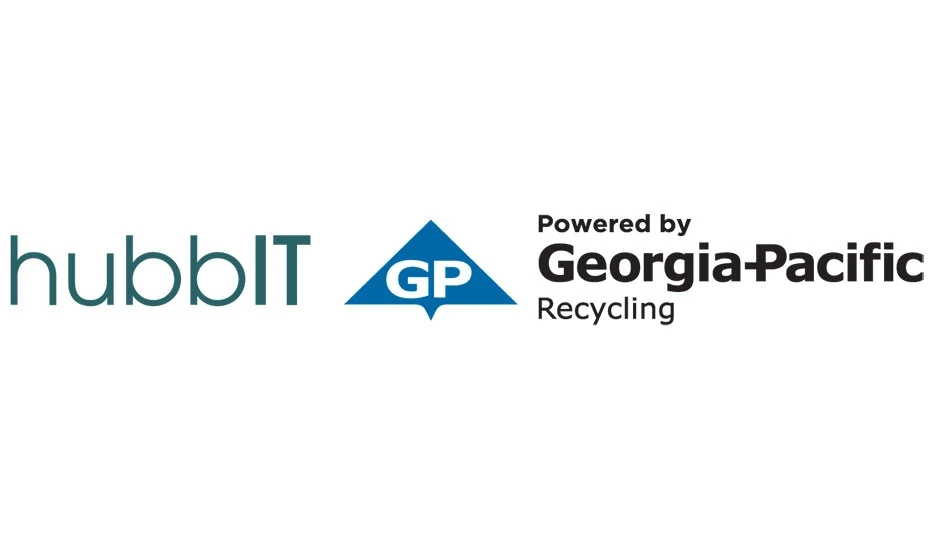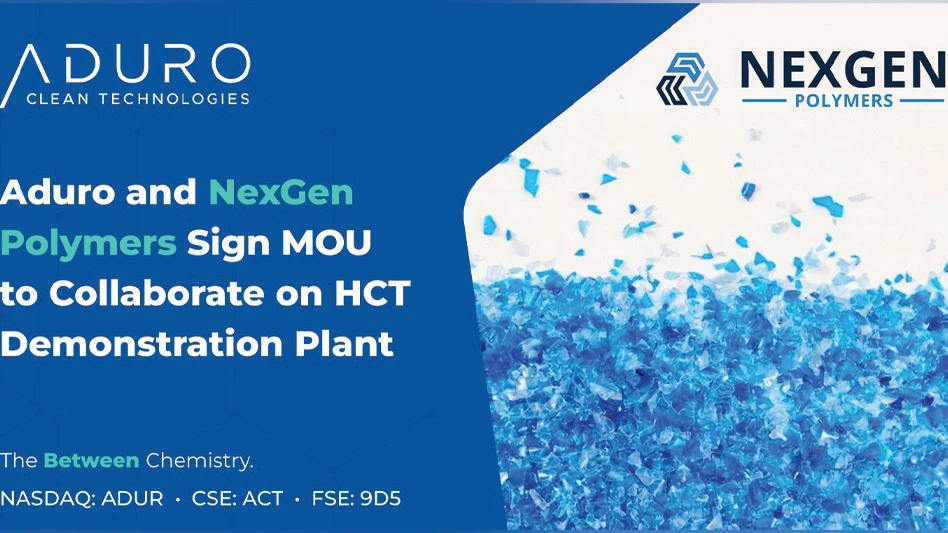Canada’s recycling industries saw some major developments in 2008 that were likely fueled by the health and wealth of the metal recycling industry. The big news in the metals sector was the acquisition of eastern Canadian metal recycler SNF Quebec Metal Recycle by Montreal-based American Iron and Metal (AIM) owners Herbert and Ron Black and the merger of Mississauga-based Triple M Metal and Poscor Mill Services Corp.
METAL MARKETS
Triple M Metal was founded almost 40 years ago by brothers Mike and Antonio Giampaolo. The company was ranked as one of Canada’s 50 Best Managed Companies in 2006 and 2007. Triple M Metal was Canada’s leading metals recycling and processing company with locations in Canada, the United States, Mexico and England. The company also conducts significant volumes of business in Asia, especially China.
Poscor was founded in 1998 by Nigel Morgan. Completely integrated, Poscor operates a large capacity shredder, a large volume stationary baler and portable balers and has significant screening and iron breaking operations.
Triple M Metal LP, the name of the company formed through the Triple M and Poscor merger, has 12 locations and more than 600 employees.
American Iron and Metal has recycling operations in Canada, the United States, Mexico, China and Hong Kong, while SNF, which had been owned by the Hamelin Family of Quebec for 35 years, operates yards in Quebec and the Maritime provinces and has two shredding plants in Quebec. Combined, the two companies can handle about 1.6 million tons of ferrous metal.
Gerdau Ameristeel, a leading mini-mill steel producer based in Tampa, Fla., announced in October of 2008 that it had acquired Metro Recycling, a scrap processor based in Guelph, Ontario. Metro Recycling has two locations in Guelph and one yard in Mississauga. Gerdau Ameristeel describes itself as the second largest mini-mill steel producer in North America, with the capacity to manufacture approximately 12 million tons of finished steel products annually.
This year, however, Canada’s metal recycling companies find themselves awaiting better markets. David Yocholwitz, general manager for Vancouver-based ABC Recycling, reports that prices for ferrous and nonferrous metals are off by as much as 30 percent.
"We are not expecting much change in the short term," he says of market conditions. "The government’s stimulus package might kick in later in the year. Right now, the situation isn’t looking too positive."
"Everyone is suffering at this point in time," adds Len Shaw, executive director of the Canadian Association of Recycling Industries (CARI), Ajax, Ontario. "We could see some bankruptcies depending on how long and how severe this recession is."
Shaw adds, "If people have access to cash, there may be some opportunities. Everybody seems to be waiting for somebody else to start the charge."
The most recent data, provided by Rob Sinclair of Natural Resources Canada in Ottawa, indicates that exports of scrap metals were down in 2008. Only 4.7 million metric tons shipped in 2008 as compared to 5.4 million metric tons in 2007, but the value of those exports was higher (C$4.2 billion as compared to C$3.7 billion in 2007).
Imports also were up last year, with 2.1 million metric tons (valued at C$4.2 billion) coming into Canada as compared to 2007’s figure of 1.8 million metric tons worth nearly C$3 billion.
Ferrous scrap represented 80 percent of the tonnage and 16 percent of the value of the imported material and 86 percent of the tonnage and 43 percent of the value of exports in 2008.
While markets for paper also are slack relative to early 2008, residential access to programs that recover OCC in the country are increasing.
OCC AND RECYCLED CONTENT
Last summer, the Canadian Corrugated Case Association (CCCA) and the Packaging Mills Association of Canada (PMAC), the two major players in the Canadian paper packaging industry, joined to form a new national organization called Paper Packaging Canada to represent their diverse interests. The CCAA represented the vast majority of Canadian corrugated board producers, while the PMAC represented the majority of Canadian packaging mills. The Paper and Paperboard Packaging Environmental Council (PPEC) is the environmental arm of the new association.
The Canadian guidelines on claiming recyclability have been strengthened recently, adds PPEC Senior Policy Advisor Craig Gammie, who coordinated the group’s recycling study. To claim recyclability without qualification, at least 50 percent of the residents in the marketplace in which the packaging ends up have to have access to recycling. Brand owners selling only in Newfoundland and Labrador, the Northwest Territories or Nunavut would have to qualify their claims. Earlier, only 33 percent of residents needed to have access to recycling to use the designation.
What PPEC found, Gammie says, is that at least 83 percent of Canadians now have access to boxboard recycling.
"Now we’re over 80 percent nationally, although we have to qualify any ‘recyclable’ claims in the far north and east, partly because composting of paper materials is a more widely practiced municipal option," Gammie says.
As for OCC (old corrugated containers), at least 85 percent of Canadians have access to recycling, he says.
Canada continues its efforts to increase electronics recycling as well.
ELECTRONIC EFFORT
Last August, Canada’s federal government announced a plan for a national electronics recycling program. The program isn’t scheduled to be up and running, though, until March of 2010.
Jay Illingworth, interim executive director of ACES (Atlantic Canada Electronics Stewardship) and harmonization coordinator for ACES, ESABC (Electronics Stewardship Association of British Columbia) and SWEEP (Saskatchewan Waste Electronic Equipment Program), says industry is not waiting for government to act. He says Canada’s industry-led and regulated provincial environmental stewardship programs for end-of-life electronics have come together to ensure their efforts on driving economies of scale across their individual compliance efforts are harmonized.
Illingworth says the ACES, ESABC and SWEEP industry-led programs have diverted more than 20,000 metric tons of regulated electronics from landfill or illegal export for responsible recycling.
Nova Scotia’s ACES program, he adds, became the most comprehensive in Canada by adding "Phase II" products, including audio/visual and telecom equipment, in February to Phase I devices, such as computers.
At the beginning of April, Ontario Electronic Stewardship (OES) launched a program that promises to divert an additional 160,000 metric tons of obsolete electronics into reuse and recycling solutions during the next five years.
OES is a nonprofit organization formed by retail, IT and consumer electronics companies to implement the Waste Electrical and Electronic Equipment (WEEE) Program Plan under the Waste Diversion Act. The plan requires brand owners, first importers, franchisors and assemblers to pay fees for electrical and electronic equipment supplied to Ontario.
The industry-developed and operated WEEE program is setting up a network of collection sites where consumers and businesses can drop off unwanted electronics with the assurance that they will be recycled according to established North American environmental standards, according to OES.
The producer responsibility concept is being used to fund a tire recycling program in Ontario.
TIRED N’ TRUE
Ontario has a new, industry-funded program to deal with the 12 million-plus used tires generated yearly. The program, to be delivered by Ontario Tire Stewardship beginning this fall, anticipates 91 percent of used car and truck tires recycled into higher end uses in the first year. As well, organizers are expecting to clean up the nearly 3 million used tires stockpiled across the province. Large industrial and off-road tires will be included in the program, which has public education and research components.
Ontario Tire Stewardship collects fees to fund the program from brand owners, importers and vehicle manufacturers. No fees go to the government. Ontario’s tire recycling program is the first of its kind in Canada based on extended producer responsibility.
Canada’s efforts to increase the collection of recyclables will hopefully be met by improved recycling markets in the near future.
The author is a freelance writer based in Canada. He can be contacted at myron@autobahn.mb.ca.

Explore the May 2009 Issue
Check out more from this issue and find your next story to read.
Latest from Recycling Today
- ReMA opposes European efforts seeking export restrictions for recyclables
- Fresh Perspective: Raj Bagaria
- Saica announces plans for second US site
- Update: Novelis produces first aluminum coil made fully from recycled end-of-life automotive scrap
- Aimplas doubles online course offerings
- Radius to be acquired by Toyota subsidiary
- Algoma EAF to start in April
- Erema sees strong demand for high-volume PET systems





